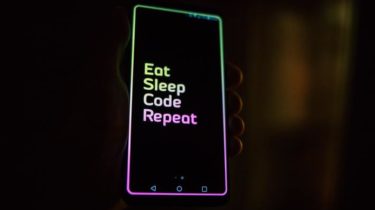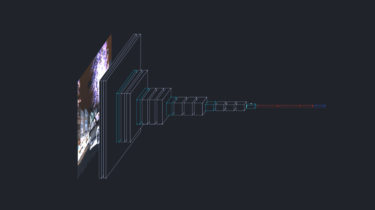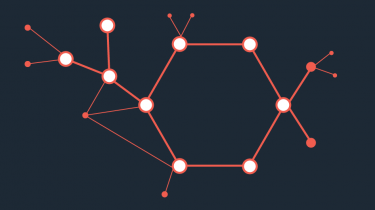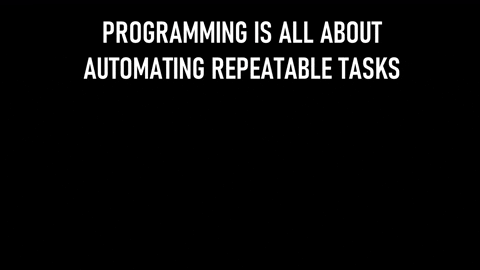The Top Skills for a Career in Datascience in 2021
Datascience is exploding in popularity due to how it’s tethered to the future of technology, supply-demand for high paying jobs and being on the bleeding edge of corporate culture, startups and innovation! Students from South and East Asia especially can fast track lucrative technology careers with data science even as tech startups are exploding in those areas with increased foreign funding. Think carefully. Would you consider becoming a Data Scientist? According to Coursera: A data scientist might do the following […]
Read more




